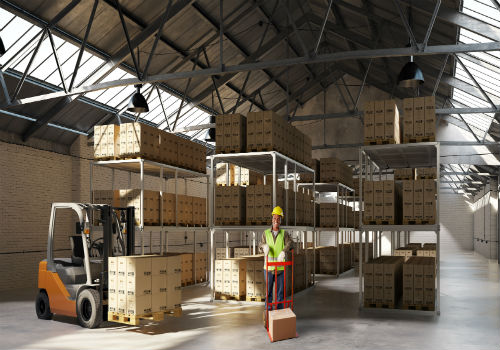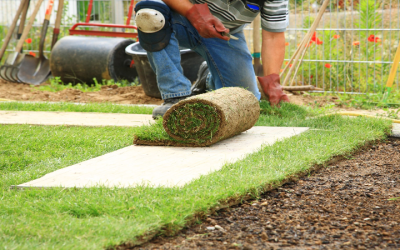In any woodworking or metalworking environment, maintaining clean air is crucial for both health and productivity. A well-designed dust collection system is instrumental in achieving this goal. Dust collection not only reduces airborne particles that can be harmful to respiratory health but also keeps your workshop tidy and your equipment in good working condition. In this article, we will explore essential tips for optimizing your dust collection system to ensure cleaner air in your workshop.
Understanding Dust Collection Systems
Dust collection systems are designed to capture, convey, and collect dust and other particulate matter generated during various industrial processes. These systems typically consist of a network of ducts, a collection unit, and a filtration system. The primary function is to prevent dust from becoming airborne and settling on surfaces or being inhaled by workers.
Key Components of an Effective System
- Ductwork Design: The design of the ductwork is crucial for the efficient functioning of a dust collection system. It should be strategically laid out to minimize resistance and ensure optimal airflow. Consider using smooth, rigid ducts over flexible ones to reduce turbulence and improve efficiency.
- Collection Unit: The size and capacity of the collection unit should match the volume of dust produced in your workshop. Units that are too small will require frequent emptying, while oversized units may be unnecessarily costly.
- Filtration: High-quality filters are essential to trap fine dust particles that might escape the collection unit. HEPA filters are highly recommended for their ability to capture even the smallest particles, thus ensuring cleaner air.
- Maintenance: Regular maintenance of the dust collection system, including cleaning and replacing filters and checking for leaks in ducts, is vital to maintain its efficiency.
Tips for Optimizing Your Dust Collection System
- Evaluate Airflow Needs: Determine the airflow requirements of your workshop by assessing the types of machinery and the volume of dust they produce. This evaluation will help in selecting the right system capacity.
- Strategic Placement: Position your dust collection system close to dust-generating equipment to minimize the length of ductwork, thus reducing resistance and maintaining strong suction.
- Regular Inspections: Conduct regular inspections of your system to identify any blockages, leaks, or wear and tear that could compromise its performance. Promptly address any issues to avoid reduced efficiency.
- Upgrade When Necessary: As your workshop grows or changes, reassess your dust collection needs. Upgrading components or the entire system might be necessary to accommodate increased dust production.
For more in-depth information on designing an efficient dust collection system, consider consulting detailed guides and resources.
A well-functioning dust collection system is indispensable for maintaining clean air in your workshop. By focusing on proper ductwork design, adequate filtration, and regular maintenance, you can significantly reduce airborne particles and enhance the overall working environment. Evaluating your specific needs and making adjustments as necessary will ensure that your dust collection system remains effective and efficient. Remember, investing time and resources into optimizing your system not only protects your health but also prolongs the life of your equipment and improves productivity.


